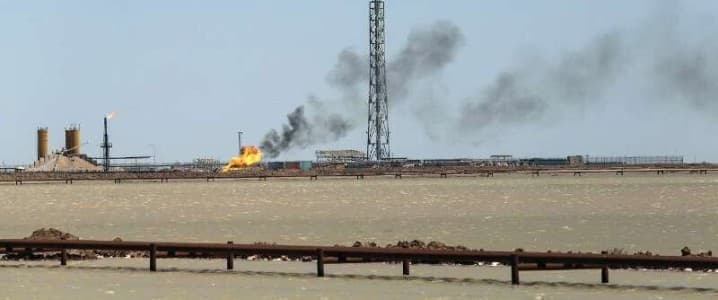Despite ongoing international sanctions and the recent bombing campaign against it by Israel and the U.S., Iran is continuing its push the record levels of oil production it reached in 2024. According to official data and industry sources, last year saw the Islamic Republic produce around 4.3 million barrels per day (bpd) of crude oil, plus a further 725,000 bpd of other liquids, which marked a post-1979 Iranian Revolutionary record. Understandably, production slumped slightly in the aftermath of the heightened military activity between Tehran, Tel Aviv, and Washington earlier this year. However, a senior oil industry source who has worked closely with Iran’s Petroleum Ministry told OilPrice.com last week that the Islamic Republic is pushing production back up to last year’s levels and may even surpass them this year. “Assistance has come from Russia, on the ground and from equipment and technology, and China is still a big buyer, in keeping with the long-term agreements done [by Iran] with both,” he said.
Russia’s involvement in this push is unsurprising, as it already had extensive energy interests and ambitions in Iraq, even before the U.S.’s unilateral withdrawal from the Joint Comprehensive Plan of Action (JCPOA, or colloquially ‘the nuclear deal’) on 8 May 2018. Specifically, it had concluded multiple major memoranda of understanding (MoU) for seven big oil and gas fields in Iran – the most of any country. These were by GazpromNeft for the Changuleh and Cheshmeh-Khosh oilfields, Zarubezhneft for the Aban and Paydar Gharb fields, Tatneft for the Dehloran field, and Lukoil for the Ab Teymour and Mansouri oil fields. In the aftermath of its invasion of Ukraine, July 2022 saw Russian President Vladimir Putin visit his Iranian counterpart in Tehran to set the seal on a larger (US$40 billion) wide-ranging MoU signed just a few days before between the National Iranian Oil Company (NIOC) and Russia’s Gazprom, as analysed in full in my latest book on the new global oil market order. Among other deals contained in the MoU, Gazprom pledged its further extensive assistance to the NIOC in the US$10 billion development of the Kish and North Pars gas fields with a view to its producing more than 10 million cubic metres of gas per day. The MoU also detailed a US$15 billion project to increase pressure in the supergiant South Pars gas field on the maritime border between Iran and Qatar. Gazprom further pledged assistance in the completion of various LNG projects, the construction of gas export pipelines, and crucially to provide the technology and equipment to increase output from its holdings in the West Karoun oil fields cluster.
